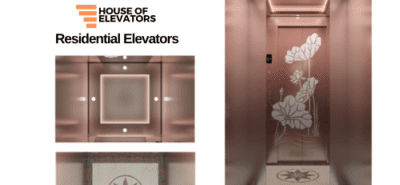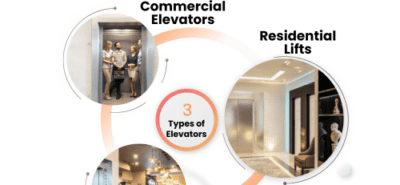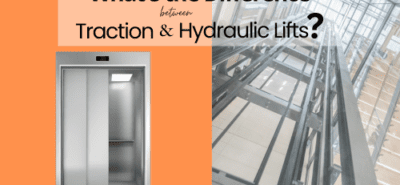What do you need to consider during the Installation of Lift at Home?
The installation of lift at home can be a significant decision for many homeowners. It can offer convenience and accessibility for people with mobility issues or those who require the use of a wheelchair. The installation of an elevator in a building must be carefully planned before its implementation to ensure that it meets all safety regulations and works properly. However, there are several factors to consider before installing a lift in your home. In this blog post, we will explore what you need to consider during the installation of a lift at home.
- Type of lift: The first thing to consider is the type of lift you want to install. There are several types of lifts available, including stairlifts, platform lifts, and home elevators. Each type has its advantages and disadvantages, and the one you choose will depend on your specific needs.
- Space requirements: The next thing to consider is the amount of space required for the lift. Some lifts require more space than others, and it is essential to ensure that your home has enough space to accommodate the lift you choose.
- Building regulations: Lift installation is regulated by building codes and safety regulations. Before installing a lift, you must check with your local building department to ensure that the lift complies with all regulations and obtain any necessary permits.
- Installation process: The installation process for a lift can be complex and time-consuming. You will need to hire a professional lift installer who has the expertise and experience to ensure that the installation is completed safely and correctly.
- Maintenance and servicing: Once the lift is installed, it will require regular maintenance and servicing to ensure that it continues to function correctly. You should factor in the cost of maintenance and servicing when budgeting for the lift’s installation.
- Cost: The cost of installing a lift can vary significantly depending on the type of lift you choose, the installation process, and any necessary modifications to your home. It is essential to budget for the lift’s cost and considers any financing options that may be available.
- Warranty: Finally, you should consider the warranty provided by the lift manufacturer and installer. A good warranty can provide peace of mind and protect you from unexpected repair costs.
In conclusion, the installation of a lift at home can be a significant decision that requires careful consideration. By taking into account the factors listed above, you can ensure that you choose the right type of lift, comply with building regulations, and budget for the installation and maintenance costs. With the help of a professional lift installer, you can enjoy the convenience and accessibility that a lift can provide.











